12 Mind-Blowing Cars That Prove The 90s Were JDM’s Golden Era
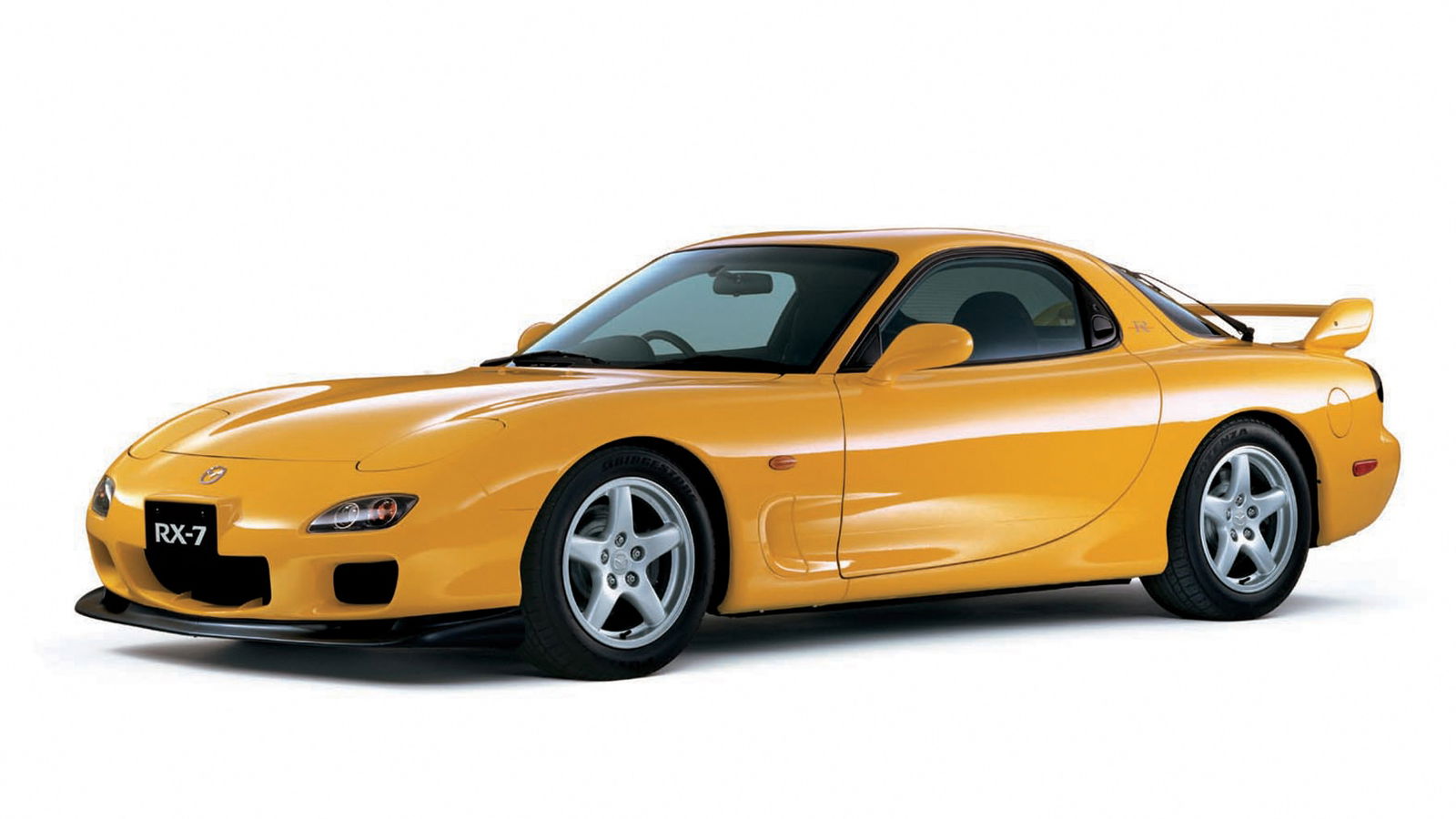
Mazda RX7 (1991-2002)
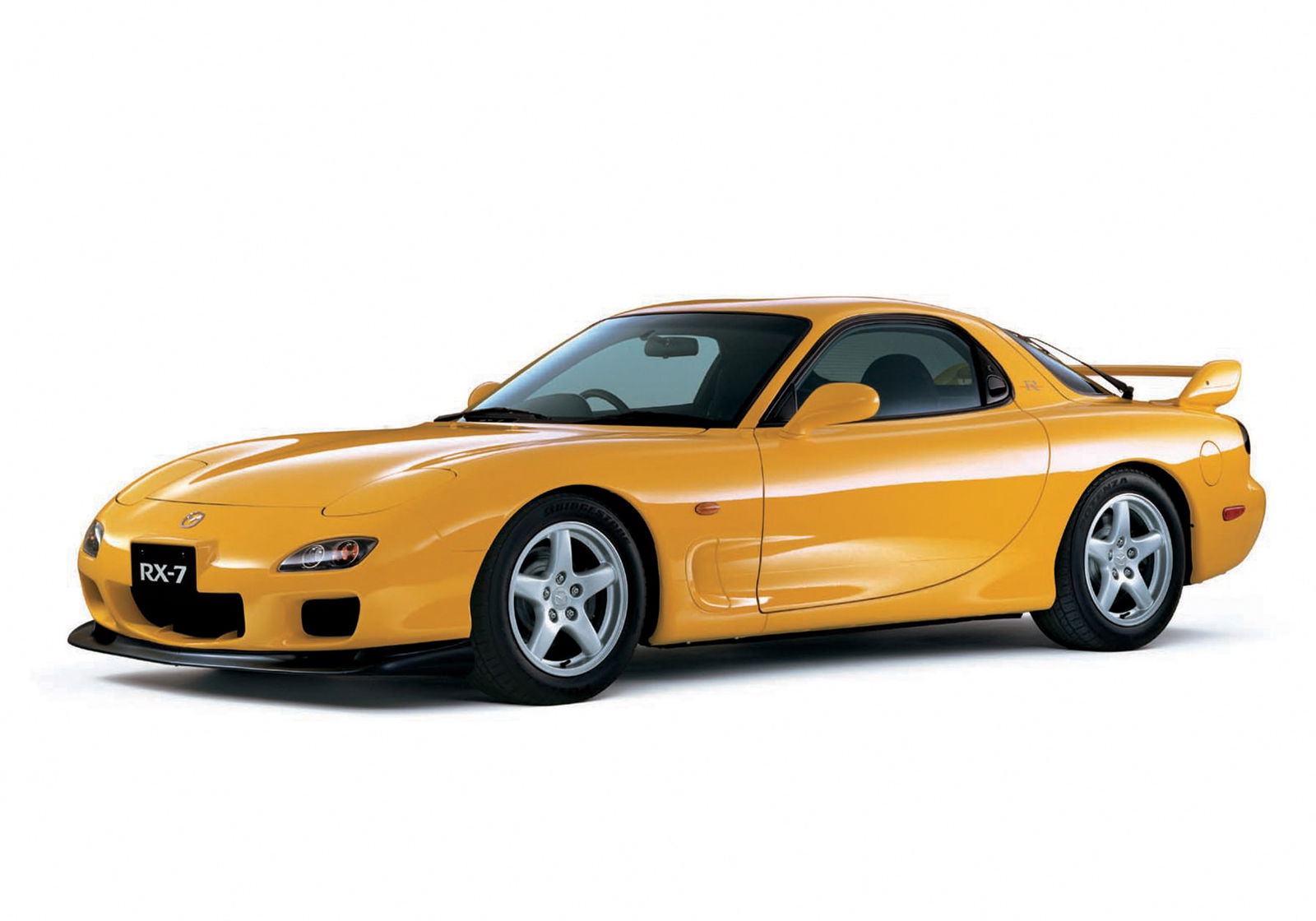
It’s not often a car’s styling stands the test of time quite as well as the RX7’s has. Just imagine how it must have felt to first lay eyes upon this gorgeous, curvaceous machine in the early 90s. More than 25 years after it was first revealed, it still looks fantastic, and not in a ‘because retro is, like, so in right now’ kind of way, either.
But it’s not just a pretty silhouette that the Mazda RX7 is famed for. The 1.3-litre twin-rotor engine is a unique little thing, and has won many fans for the way it revs to the stratosphere and sounds like nothing else. Couple that engine to a car that has 50/50 front/rear weight balance, a low centre of gravity, and a lightweight construction, and it’s no surprise it’s won plaudits for being one of the best driver’s cars ever made.
When you think of Japanese performance cars, you tend to think of fairly low budget cars, but the Honda NSX is the glittering exception to that rule. It was designed to show the likes of Ferrari that you could have supercar performance and great looks at a lower price point and with actual reliability. It succeeded, and went down as a legend.
When we drove one last year, we instantly fell in love with that engine; 276bhp might not sound like a lot these days, but the way it howls its way to the red line after VTEC kicks in is addictive. Its handling dynamics may give away its age, but it’s still great fun to throw around your favourite road, and makes you realise the horsepower war is really rather pointless.
Toyota Supra (1992-2002)
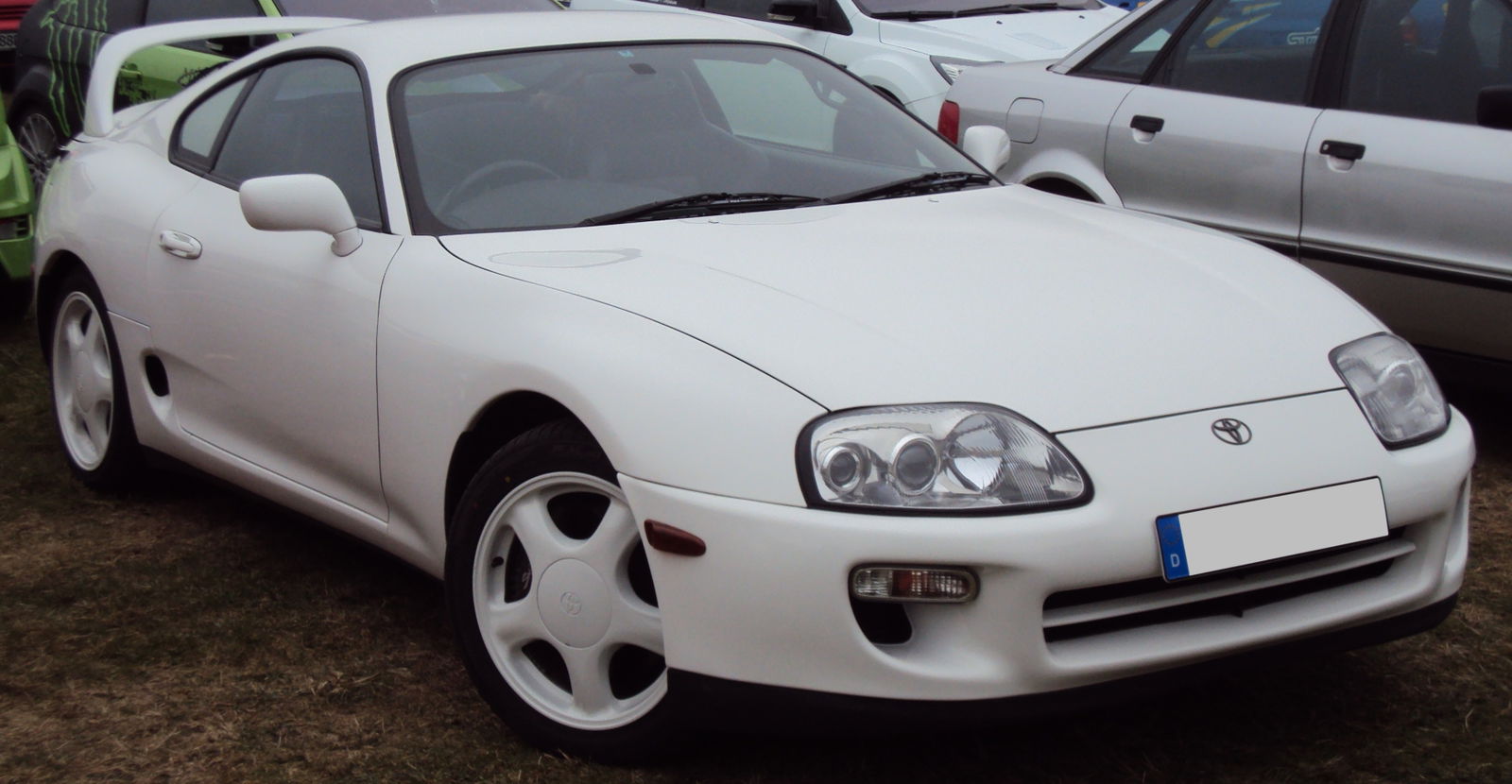
For the A80 model, the Toyota Supra was completely redesigned. Gone was the old boxy styling from the 80s, and in was in-yer-face curvaceous styling and a massive rear wing. It was with the twin-turbocharged 3.0-litre 2JZ engine that this car really made its name, offering 276bhp from the factory but coming with a ridiculous appetite for being tuned. It quickly became the darling of the aftermarket scene, and in 2016, not a lot has changed in that regard.
Three generations of GT-R actually spanned this decade, with the R32 running between 1989 and 1994, and the R33 seeing production between 1995 and 1998, at which point the R34 took over the GT-R reigns.
Like so many of the greatest road cars ever built, the GT-R’s resurrection in 1989 was down to Nissan’s desire to dominate motorsport. The R32 was designed to win Group A racing, and the now-iconic 2.6-litre RB26DETT was a result of its determination to use regulations of the time to its advantage. The R33 then came along, updating the styling and improving on a few areas of the previous generation, such as the all-wheel drive system.
With the R34, the styling changed much more radically, and became the symbol of the PlayStation generation thanks to its in-depth on-board analysis systems. As the culmination of a decade’s worth of motor racing knowledge, it was the ultimate incarnation of Nissan’s racing project, moving the game on significantly from the R33 and cementing its place in history.
Subaru Impreza WRX STI (1992-2000)
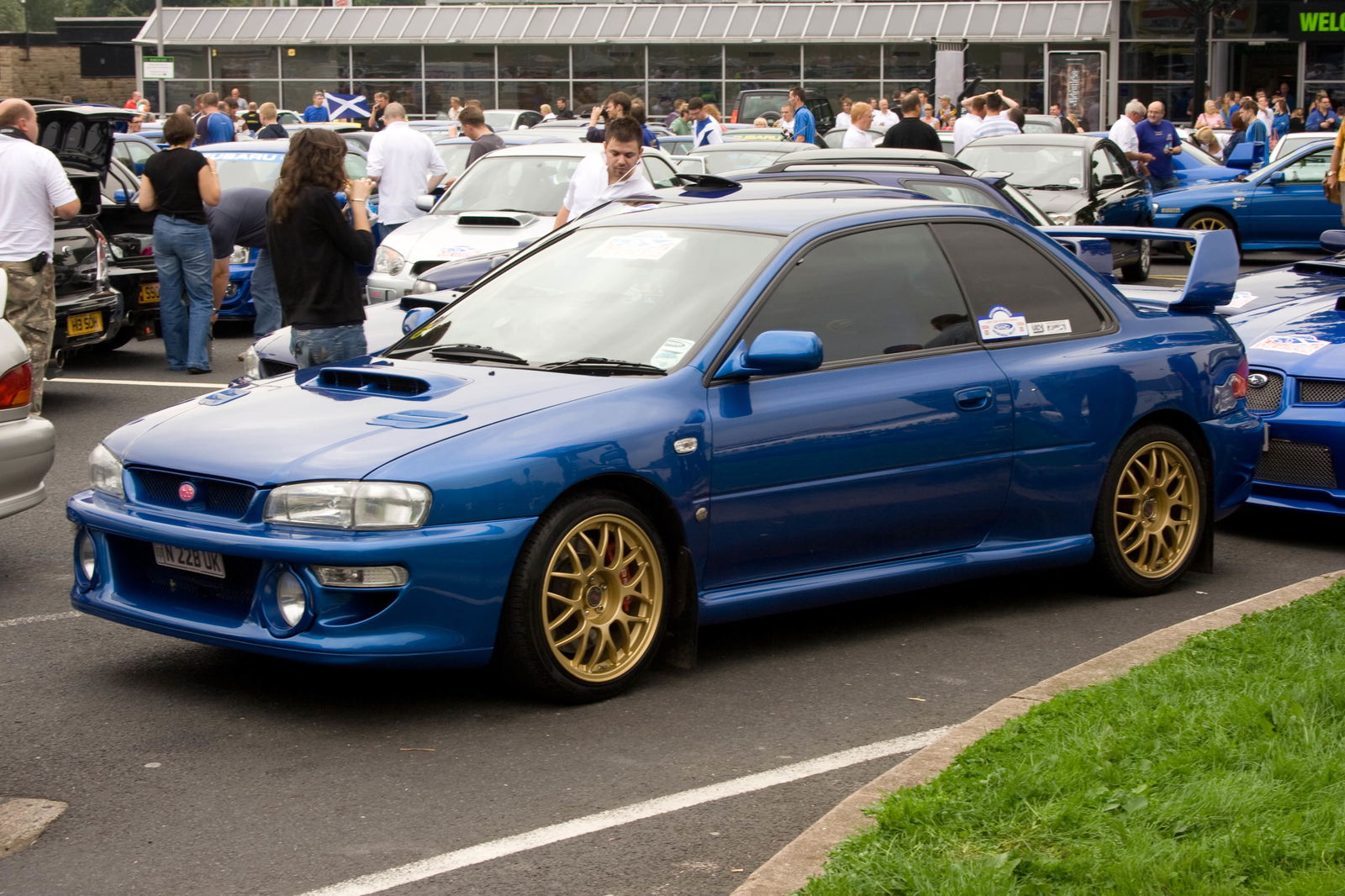
The 90s saw the introduction of a car that would go on to become a rally legend. The Subaru Impreza WRX burst onto the scene in 1992, using technology designed for success in the World Rally Championship, with all-wheel drive, uprated suspension and the famous boxer engines.
In typical Japanese style, there are seemingly millions of variations of WRX Imprezas; aside from a few limited edition runs, the most sought after cars were the Subaru Tecnica International (STI) models that were first introduced in 1994. The STI took the WRX one step further thanks to more performance-tuned engines, transmissions and suspensions, and you’ll still see these cars pounding rally stages across the world today.
Mitsubishi Lancer Evolution VI (1999 - 2001)
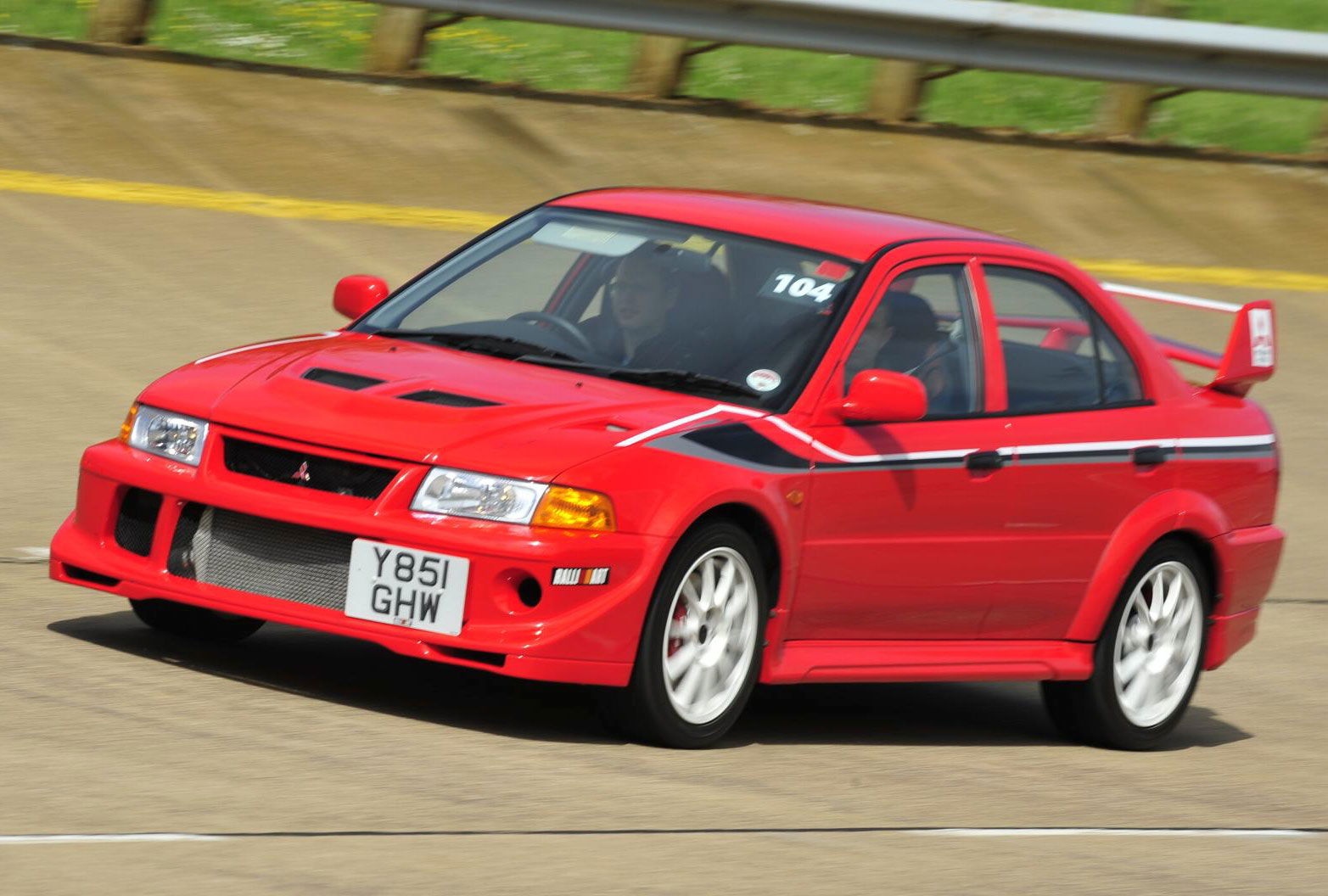
Being a rally fan in the 90s must have been pretty sweet, as not only was it the start of the Impreza’s production run, it also saw the introduction of what would quickly become its arch rival. The Mitsubishi Lancer Evolution managed to cram six generations into just 10 years, so instead of trying to summarise the whole lot we’ll just focus on the Evo VI, which saw out the end of the decade.
The VI had the same 2.0-litre turbocharged 4G63T that you’ll find in 1992’s Evo I, but many revisions meant it was now more powerful and stronger than ever. The sixth-gen also spawned perhaps the most iconic Evo of all time in the Tommi Makinen Edition, named after the Finnish rally legend of the same name after he won four WRC drivers’ championships for Mitsubishi. It came with 17-inch Enkei wheels, a faster-spooling titanium turbine, lower ride height and quicker steering ratio.
Honda DC2 Integra Type R (1995 - 2001)
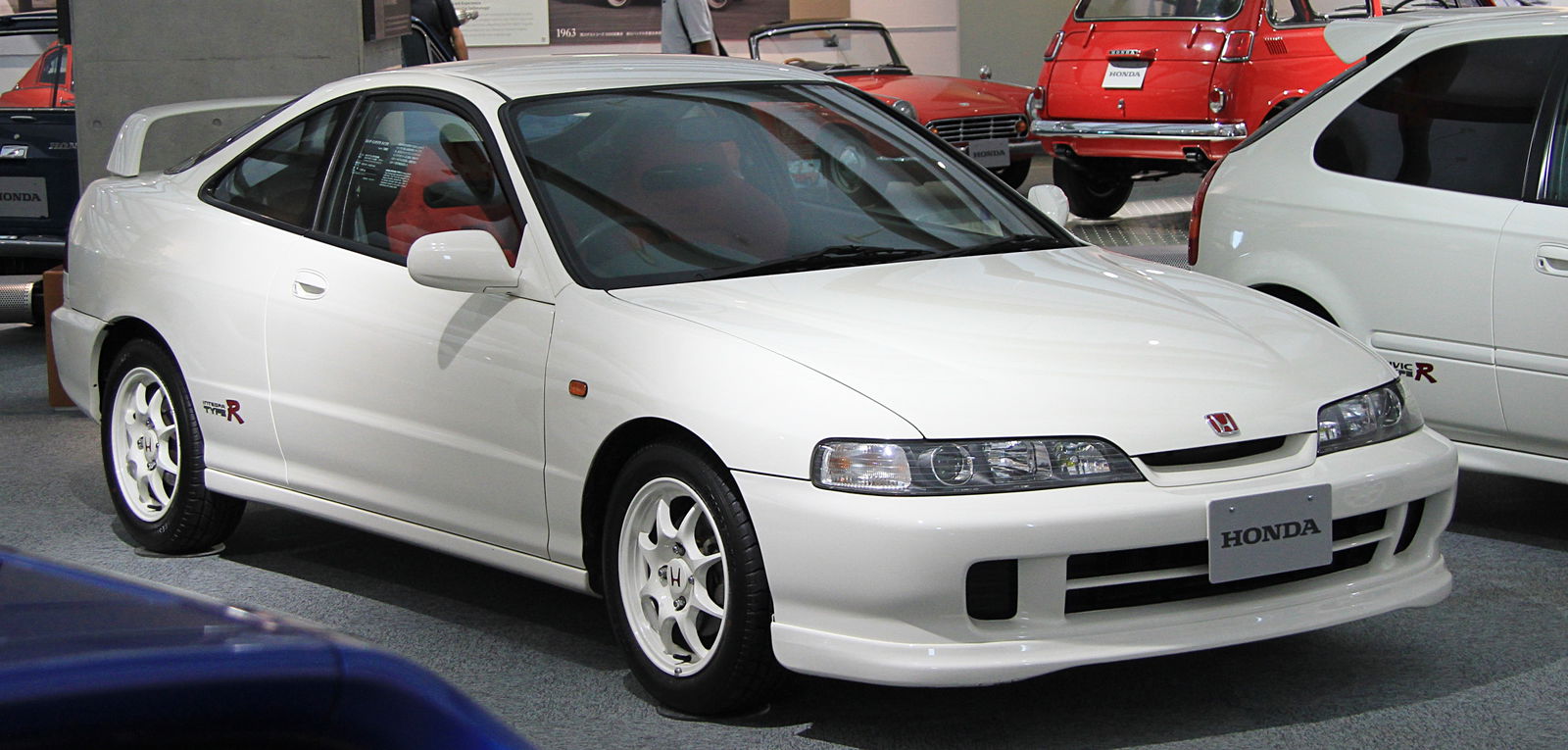
The Integra Type R is widely considered to be one of the greatest front-wheel drive cars ever created. Forget your prejudices about front-wheel drive cars, this car can really handle.
It was a massive upgrade on the sportier trimmed Integras in the range, making around 200bhp - it was slightly different for each market - and screaming its way to a VTEC-assisted 8500rpm+ red-line. Honda went to great lengths to ensure this car was a proper performance machine; as well as completely overhauling the engine, it strengthened the chassis in multiple places, reduced weight where possible, and fitted a helical limited-sip differential.
Nissan 200SX (1995 - 2000)
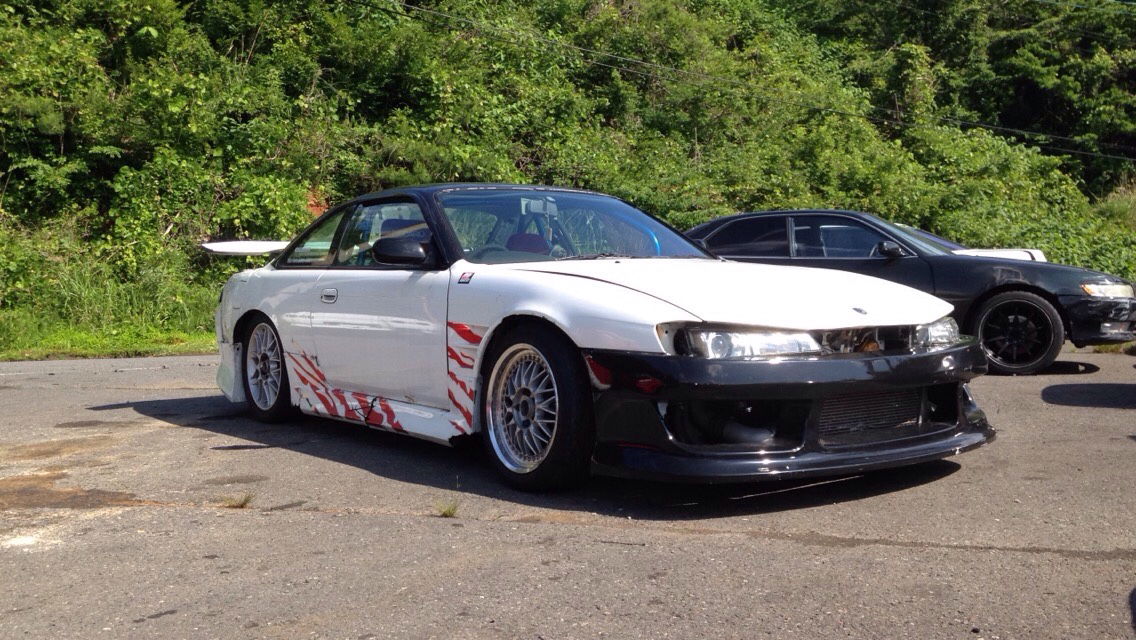
Nissan’s S-chassis cars are possibly the most iconic drift cars of all time. The S13 underwent a few upgrades after being first introduced in 1989, but when the S14 arrived in 1995 it was lower, wider and longer - perfect for easy drifting. It also got a more powerful version of the SR20DET engine, thanks to Nissan’s variable cam timing and a new turbocharger.
The cars were hugely popular in Japan, but sales struggled elsewhere in the world, meaning that this was the end of the S-chassis for most of us. Still, that gave it cult-like status, living on in the hearts and minds of drifters everywhere.
Honda EK9 Civic Type R (1997 - 2001)
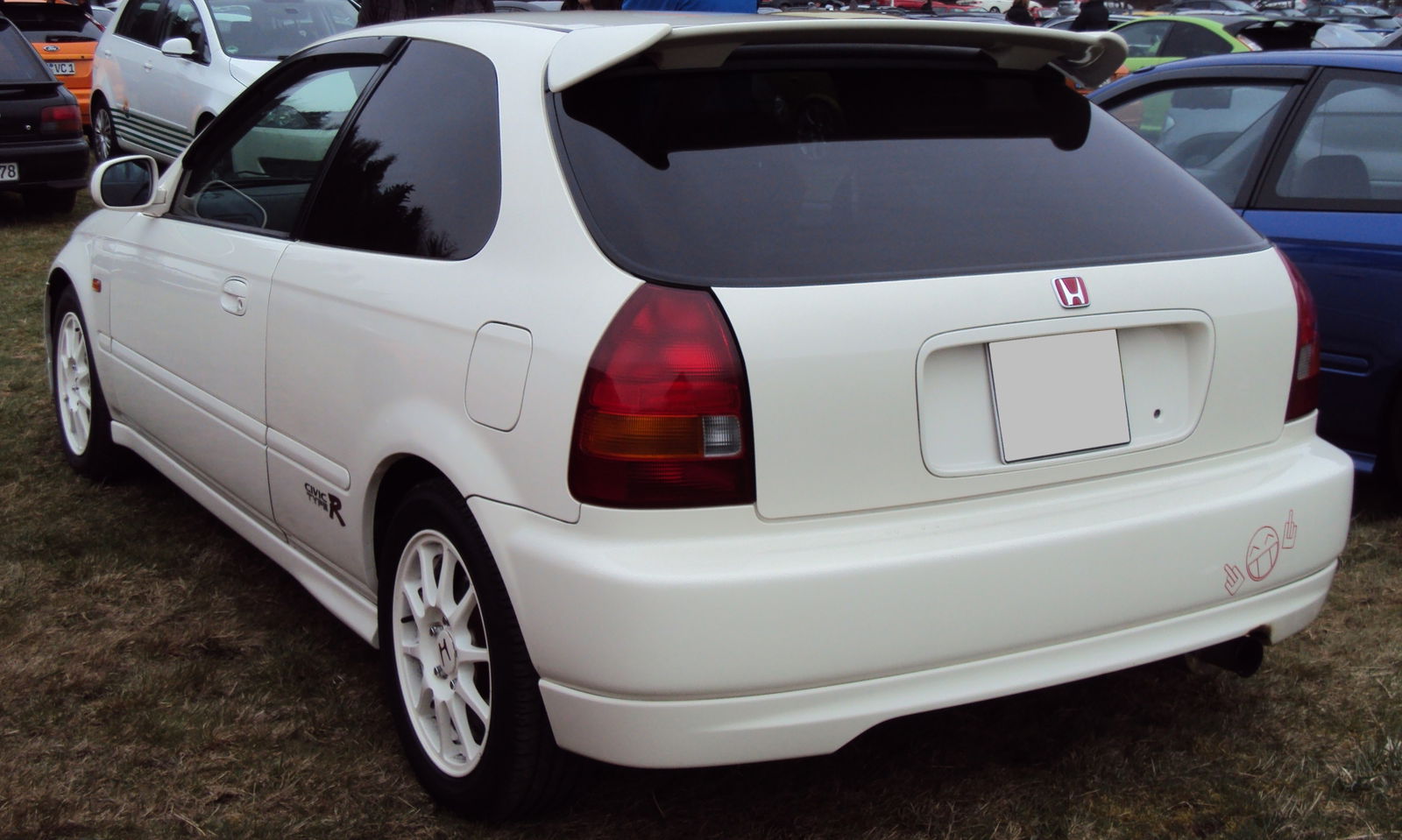
Now, it’s easy to hate on the Honda Civic, but let’s be honest, that stereotype was born from the people who drive these cars, not the actual cars themselves. If any car epitomised why we should have more time for this little hatchback, it’s the EK9 Type R.
To ensure the Civic could be as hot as Honda deemed acceptable, it underwent a similar process as the Integra. That meant the removal of sound-deadening, a hand-ported engine and a helical limited-slip differential. The 1.6-litre engine made 182bhp, which was a hell of a lot for a car that weighed next to nothing. The Civic Type R might have lost some of that focused spirit with later models, but the EK9 was a serious bit of kit.
Toyota MR2 (1989-1999)
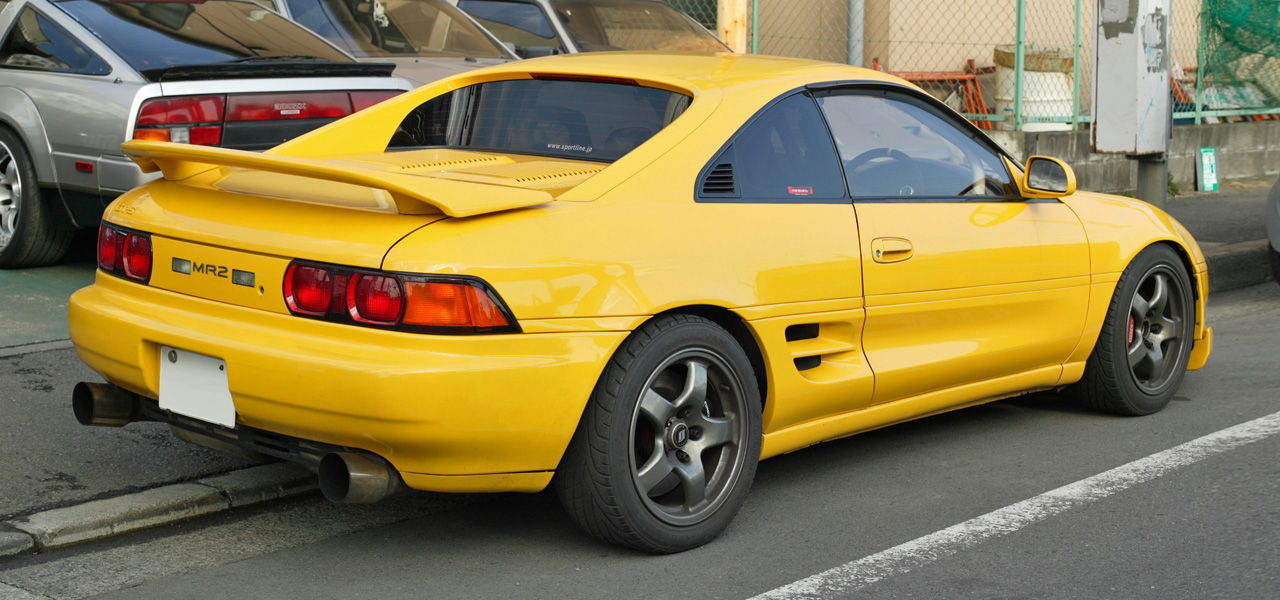
If you’re in the market for a mid-engined, rear-wheel drive sports car, you’ll have to look hard to find something more affordable than the Toyota MR2. Famous for being rather tricky at the limit, it nevertheless gained a hero’s following, and was a much more attractive prospect once a few issues were ironed out in the early days.
Journalists complained of ‘snap oversteer’, so Toyota implemented new suspension geometry, wider tyres and power steering. Hardcore drivers might have complained that this dulled the car’s responses, but Toyota countered saying the changes were “for drivers whose reflexes were not those of Formula One drivers.” So, if you like your cars a bit on the wild side, get yourself an early second-generation MR2…
Nissan Pulsar GTI-R (1990 - 1994)
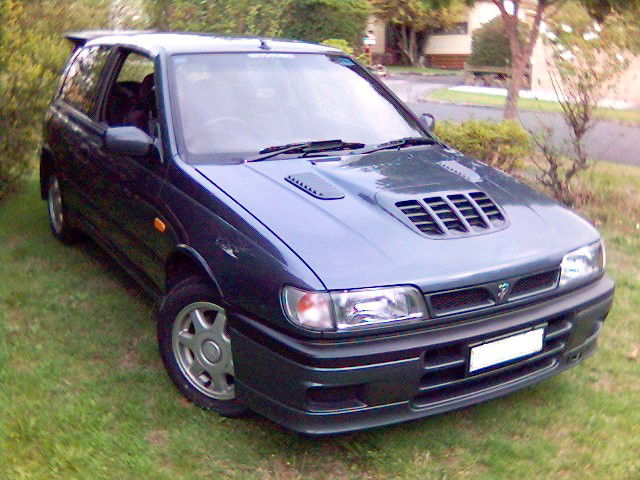
There’s something inherently cool about taking something uninspiring and shoving a brilliant engine inside. And when that’s done from the factory, it’s even cooler. It’s why hot hatches are loved by so many people.
The Nissan Pulsar GTI-R is one such cool car. Another homologation special, it had a bespoke version of the 2.0-litre SR20DET more commonly recognised as powering the S-chassis cars, as well as Nissan’s ATTESA all-wheel drive system. Due to all this being fitted into such a tiny car, it’ll sprint from 0-62mph in around five seconds.
If you’re looking for a pure driver’s car, look no further than the Honda S2000. Its 2.0-litre engine was renowned for needing to be well up in the revs to ensure VTEC was kicking in, meaning that to get the most from the car you had to be really going for it. It rewarded the bold and punished the over confident.
It’s only just a 90s car, since the first bunch rolled off the production line in 1999, but it’s such a weapon it would have been rude not to include it in this list. The engine was mounted behind the front axle to achieve a 50/50 front/rear weight distribution, and like the MR2, it was known for its ability to punish those who took liberties with it. It’s a raw performance car that laughs in the face of those who believe convertibles are only for posers.
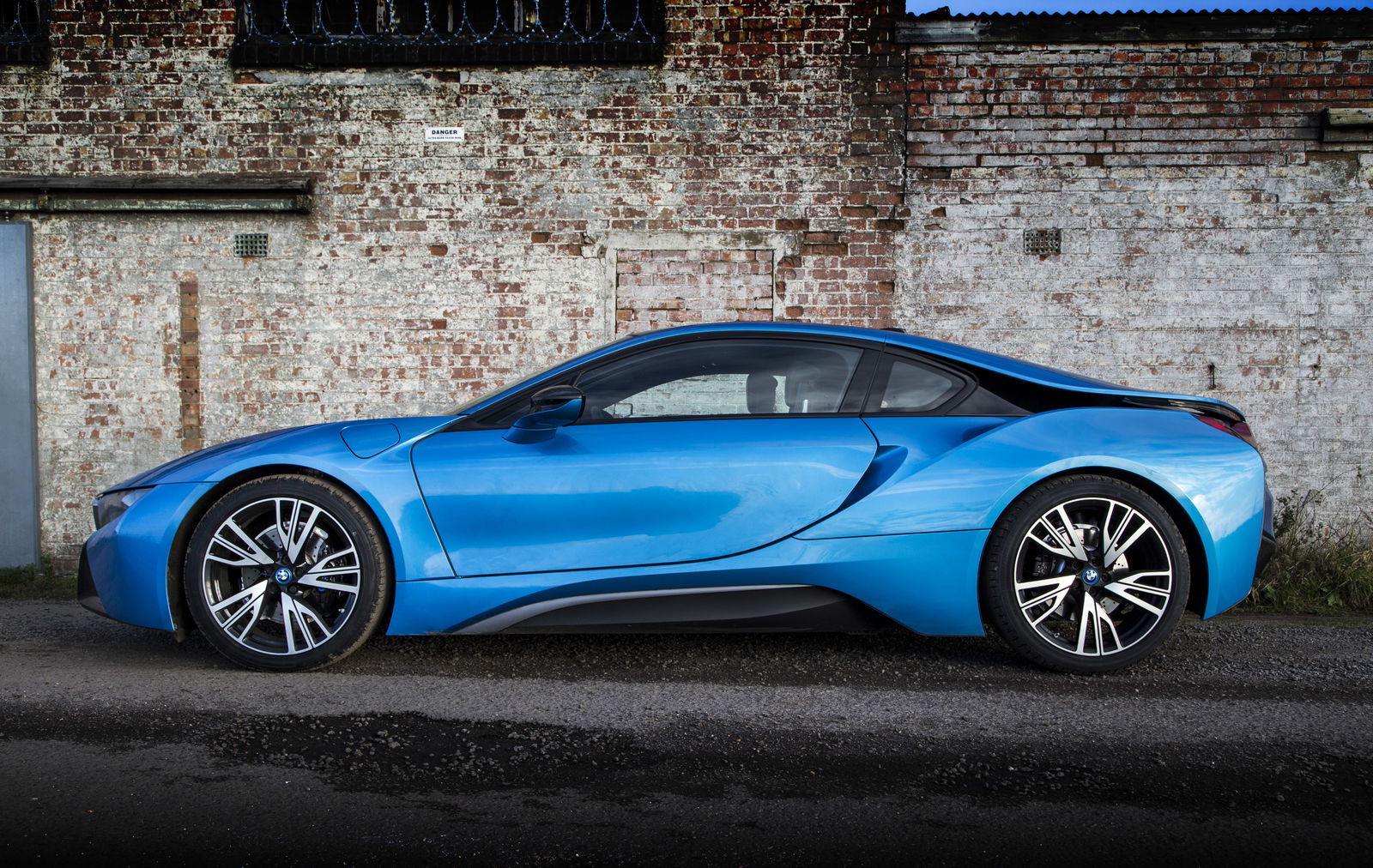












Comments
3000GT? OR MAYBE… The 300Zx Fairlady?
And what about the Suzuki Cappuccino, Honda Beat and Autozam Mazda AZ-1? Oh i’m sorry that you only focus on cars that have more than 180hp
Nobody remember this guy. It’s still the most powerful N/A Kei car
No Mazda 323 GTR?
Y U NO GT4?
a lot of cars are missing
Mitsubishi 3000GT VR4, Mitsubishi Eclispe GSX, and the 300ZX too
Nice and true. But mx5 is missing, chaser is missing, ls400 is missing, capuccino is missing, az1 is missing, celica is missing, 323 gtr is missing, eunos cosmo is also missing. But I get that you cant make the list that big. Just wanted to mention that there STILL is a lot left. No critique.
And this Generation (2010- ) features the best American Cars since the 60s…
4 Hondas! All with VTEC, yo! (Honda, please contact late 80’s to 90’s Honda and learn how to make a proper car again.)
Pagination